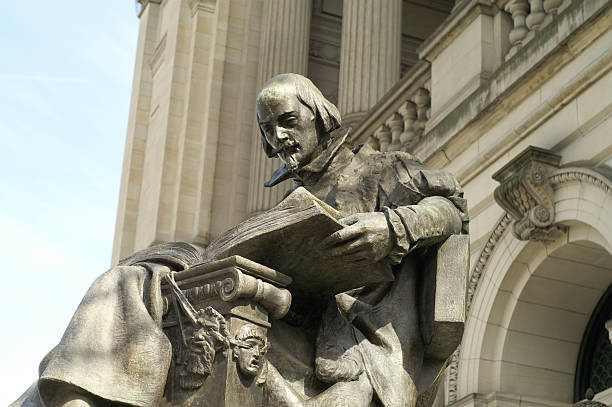Pittsburgh's history is an important one
If you know anything about Pittsburgh's history, you'll probably think of it as a steel town. Pittsburgh became an industrial centre after being founded by colonists in the 1700s for two reasons. The first is that the hills around the city were abundant in raw resources like as coal, which was utilized as a precursor for iron manufacturing. As technology evolved, iron manufacturing gave way to steel production, and in its prime, Pittsburgh was renowned to generate a major portion of the country's steel (you can tour the Carrie Furnaces, seasonal, and the Frick House to learn more about this side of its history).
The second benefit of Pittsburgh's three rivers was the ease with which coal, iron, and steel could be transported to other towns and ports for export. Indeed, the rivers were one of the primary reasons why the region was colonized in the first place, as the junction of the three rivers provided a strategic advantage that the French and British fought desperately to control. As the city expanded, the junction of the three rivers became known as the Gateway to the West, and it was here that Meriwether Lewis launched the famous Lewis and Clark expedition in 1803 since their boat was supposed to be commissioned.
Pittsburgh's contemporary rebirth dates only from the previous several decades. As steel and other production migrated away, other sectors such as medicine, technology, and, of course, tourism emerged. Combine this with the city's industrial spirit, and it's no wonder that a number of notable Pittsburgh innovations have emerged throughout the years—all of which go beyond steel.









